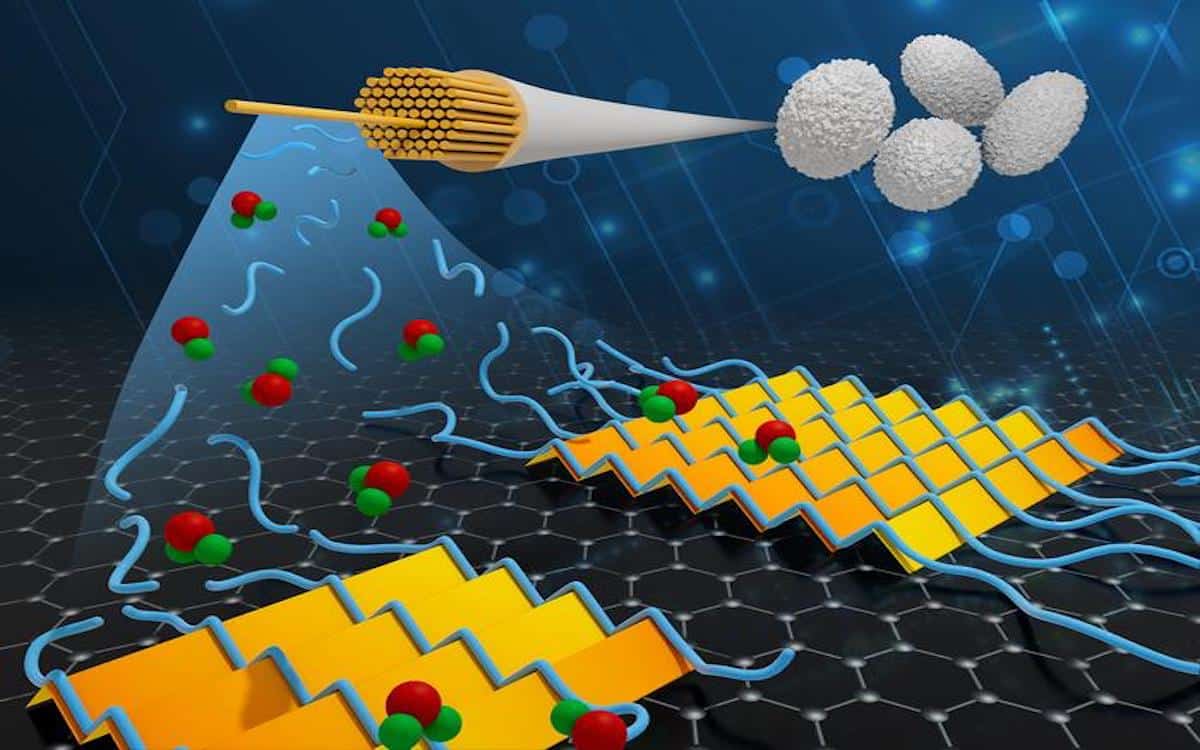A team of scientists from Bengaluru’s Jawaharlal Nehru Centre for Advanced Scientific Research (JNCASR) has developed a device that can emulate the cognitive actions of a human brain, and is more efficient than conventional techniques. The new AI technology enhances computational speed and power consumption efficiency. The team fabricated an artificial synaptic network (ASN), resembling the biological neural network, through a simple self-forming method. Scientists said that the device structure is formed by itself while heating. While aiming to develop a synaptic device for neuromorphic applications, the team also explored a material system that mimicked neuronal bodies and axonal network connectivity, similar to that in the biological system.
The scientists said that a human brain consists of 100 billion neurons comprising axons and dendrites. These neurons interconnect with each other via axons and dendrites and form colossal junctions called a synapse. This complex bio-neural network gives rise to superior cognitive abilities, scientists believe, adding that artificial neural networks (ANN), based on software, were seen defeating humans in games such as AlphaGo and AlphaZero and even helping handle the COVID-19 situation.
Researchers said that while the power-hungry von Neumann computer architecture slows down ANN performance due to the available serial processing, the brain does the job via parallel processing, consuming just 20W of power.
Scientists said that the JNCASR team dewetted Silver metal to form branched islands and nanoparticles with nanogap separations to resemble bio neurons and neurotransmitters, where dewetting is a process of rupture of continuous film into disconnected/isolated islands or spherical particles.
“With such an architecture, several higher-order cognitive activities are emulated,” the team explained in a Ministry of Science & Technology press release.
They said that using programmed electrical signals as a real-world stimulus, this hierarchical structure emulated various learning activities such as short-term memory (STM), long-term memory (LTM), potentiation, depression, associative learning, interest-based learning, supervision, impression of supervision, and more.
Not just that, the synaptic fatigue following excessive learning and its self-recovery was also mimicked, and quite remarkably, these behaviours were emulated in a single material system without the aid of external CMOS circuits, scientists said.
The team has developed a prototype kit to emulate Pavlov’s dog behaviour that demonstrates the potential of this device towards neuromorphic artificial intelligence. It’s a remarkable achievement because the JNCASR team has taken a step further towards accomplishing advanced neuromorphic artificial intelligence by organising a nanomaterial resembling the biological neural substance.





